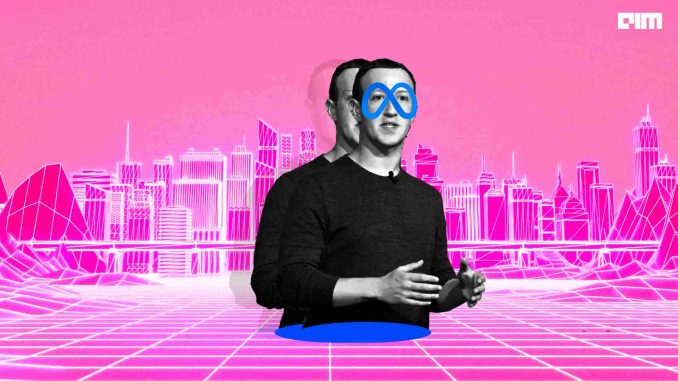

The biggest metaverses today, which include Fortnite and Roblox, offer brands the opportunity to advertise their products in a way that would be unattainable in the real world.
For instance, the skateboarding brand Vans created a virtual skatepark in Roblox that allows its players to earn points that they can redeem at a virtual store to customise their avatars. This park has, as of 2021, seen upwards of 48 million visitors.
Meanwhile, Gucci opened a Gucci Garden on the same platform: a virtual complement to the real-world experience that they had earlier created in Florence, Italy. They also released an exclusive pair of digital sneakers designed by Gucci creative director Alessandro Michele—called the Gucci Virtual 25—that can be worn in partnered apps like Roblox and VRChat.
These are just two examples of how a metaverse platform can allow brands to be more creative and to engage with more people than they would be able to if they were limited to the real world.
Why is the metaverse so lucrative for marketing?
Right now, because marketing and advertising in the metaverse are so new, the prices to run a campaign are still very low. This makes it a lucrative option for brands that desire to target millennial and Gen Z audiences in a novel way.
The size of an audience can also increase exponentially when you move an experience online. Today, there are an estimated 3.4 billion gamers online, of which 27 per cent are between the ages of 21 to 30. Furthermore, with the increasing popularity of NFTs, the demand for digital collectables (such as the Gucci Virtual 25) is likely to keep growing.
Another benefit of the metaverse is that it doesn’t restrain marketing campaigns to the laws of physics. For instance, like the real-life garden, Gucci’s virtual garden also offers multiple virtual themed rooms that pay homage to Gucci’s old campaigns—but unlike the rooms in Florence, these rooms aren’t capped by a ceiling but are instead open to the sky and surrounded by forests.
Influencer marketing
It is estimated that by 2022, brands will spend as much as $15 million annually on influencer marketing, some of which is expected to be spent on virtual influencers.
As of today, there are only 150 virtual influencers, but this number is likely to keep growing. The online luxury discount site Yoox launched its virtual influencer Daisy in 2018 and featured her in multi-brand campaigns, wearing clothes by Calvin Klein and Tommy Hilfiger. Similarly, Puma launched the virtual influencer Maya for its campaigns in South East Asia.
Other brands are using real people for their avatars: Dior created a digital doppelganger of the Chinese actress Angelababy to attend its pre-fall show in Shanghai. Similarly, a digital double of supermodels Naomi Campbell and Kendall Jenner starred in Burberry’s TB summer monogram collections.
Younger consumers prefer digital campfires
While social media challenges (like the ASL Ice Bucket Challenge from 2014) still capture eyeballs, their impact is shorter-lived in the age of TikTok trends. Today’s youth is more likely to be influenced by conversations that take place on smaller, more intimate platforms like Roblox, Reddit forums, and Discord.
These platforms were coined ‘digital campfires’ by Harvard Business Review in early 2020 and could very well be the future of marketing for modern audiences. Data has consistently shown that younger audiences are moving away from larger, established social networks like Instagram and Facebook towards platforms that offer them greater privacy and less judgmental spaces.
This growing disinclination towards traditional social media platforms—in addition to shortened attention spans and the notorious dodginess of ad targeting—have made it more expensive to reach one’s target audience and more important for brands to find a new way to connect with customers. Campfires are the ideal vehicle to forge intimate consumer relationships, and the shared experience of immersive virtual worlds (metaverses) allow brands to do just that.
Sensory advertising may be the way forward
The growing disinclination towards social media has been accompanied by an increasing indifference towards advertising (especially amongst younger populations), with 84% of smartphone users skipping advertisements while on the go.
While most advertisements today appeal only to the eyes and ears, it’s possible that in the future, brands may need to appeal to all five senses in order to stand out. To infiltrate the minds of customers, the tactile stimulation of haptic technology may be the way to go.
Haptic feedback would increase consumer engagement by simulating a social presence to an otherwise impersonal technological exchange. Here, again, a multiverse solution may well be the solution marketing teams are looking for.

Leave a Reply